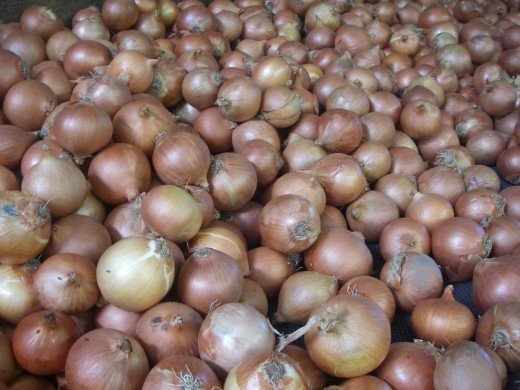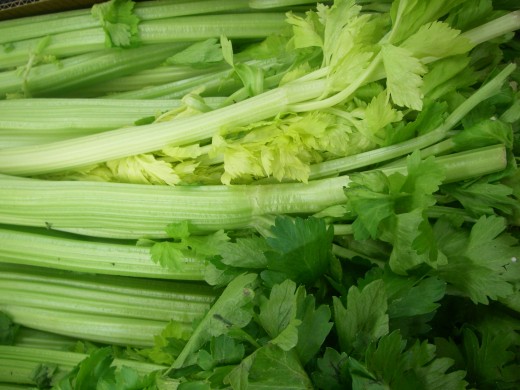The Hospitality Guru (cooking) Back to Basics: Stock

INGREDIENTS
Bones, vegetables and water are the three main ingredients used in the preparation of stock. Additional flavouring agents like bouquet garni are also frequently used will vary for different types of stocks.
The approximant types of ingredients for making beef and chicken stock is:
- 10 parts water
- 5 parts bones
- 1 part vegetables
Bones
Bones add most of the flavour to your stock. Bones also contain gelatine, which gives body to the finished stock. The gelatine may set when cooled. Beef, veal, poultry and fish bones, which have distinctive flavours are usually used only in the preparation of stocks for specialised dishes like lamb casseroles and pork or game stews.
Bones used in stock are generally not washed, but should be trimmed of excess fat. However, bones with excessive blood should be washed in cold water or blanched to remove the blood and other impurities, which cause a stock to go cloudy.
Large bones are cut into smaller pieces of approximately 8-10 cm so they are easier to handle and will fit into the stockpot. Cutting allows more of the surface area of the bone to be exposed so that maximum flavour can be extracted. Large bones are cut using a meat saw or meat cleaver.
Vegetables
Mirepoix, a rough cut mixture of carrots, onions and celery in equal quantities is commonly used in making stock. Leeks can also be used to add extra flavour. These vegetables have a strong aroma, so they enhance the flavour of the stock. However, for fish stock, only onions are used.
Some vegetables are unsuitable for use in stock production because they are too:
- Strong in flavour (turnip and capsicum)
- High in starch, so will break up during cooking and cause the stock to go cloudy (potato and pumpkin)
- Strong in colour (beetroot)
Additional flavouring agents
Flavouring agents like herbs and spices may be added to enhance the flavour of a stock but must remain sufficiently neutral so as not to interfere with the flavours of the dishes for which the stock is used. These dishes have their own particular flavourings, which are added at the time of preparation.
Flavouring agents commonly used in stock production are listed below.
Bouquet garni
All stocks are enhanced in flavour if a bouquet garni is added to the liquid. A bouquet garni is a bundle consisting of a sprig of thyme, parsley stalks and a bayleaf surrounded by celery sticks and tied together with string. The reason for tying the ingredients together is that the bundle can easily be taken out and discarded once the desired flavour is obtained. A bouquet garni can also be enclosed in a muslin cloth. The size of the bouquet garni depends on the quantity of the stock being prepared.
Lemon juice and white wine
Lemon juice and white wine are used only in the preparation of fish stocks.
Salt
Salt is never used in making stocks. Stocks are rarely used straight from the stockpot, but are mostly reduced to a more concentrated flavour then combined with other ingredients. As stocks are reduced, the natural salt in them becomes concentrated. If salt is needed it is usually added during the preparation of the dish for which the stock is used.
Trimmings
Appropriate vegetable trimmings may be saved for use in stocks. A stock, however, is only as good as the ingredients you put into it, so make sure all trimmings are clean, in good condition and are appropriate to the stock being made. A stockpot should never be treated as a waste disposal unit. Avoid the temptation of using the stockpot as a convenient way of using up kitchen trimmings. Scraps of meat add flavour to the stock provided they are not fatty and are appropriate to the stock.
MIREPOIX




Characterristics of a Good Quality Stock
A good quality stock must:
- Be clear
- Have a full bodied recognisable flavour
- Be free of fat
- Have the appropriate colour and aroma
A cloudy stock is one of the major signs that the correct procedures were not followed when the stock was produced.
A stock may turn cloudy if:
- It is boiled too rapidly
- Ingredients high in starch are used
- A lid is used
- The stock is not carefully strained
- The stock is not adequately skimmed
- Poor quality ingredients are used
- It is cooked too long with the solids in it.
EQUIPMENT
In addition to standard kitchen equipment, stockpots (free standing, fixed or tilted), a chinois and filter paper are also used in stock production.
A stockpot is often fitted with a tap at the base for pouring stock from the bottom of the pot. This keeps the strained stock free from any fat or impurities which may be floating on the surface.
A chinois is a cone shaped mesh strainer and is used to strain the stock so that it is free of impurities. Straining through a chinois can be a slow process, but the results are worth it. As the stock is strained, all the solids and impurities will sink to the bottom of the chinois and the clear stock will filter through the mesh.








